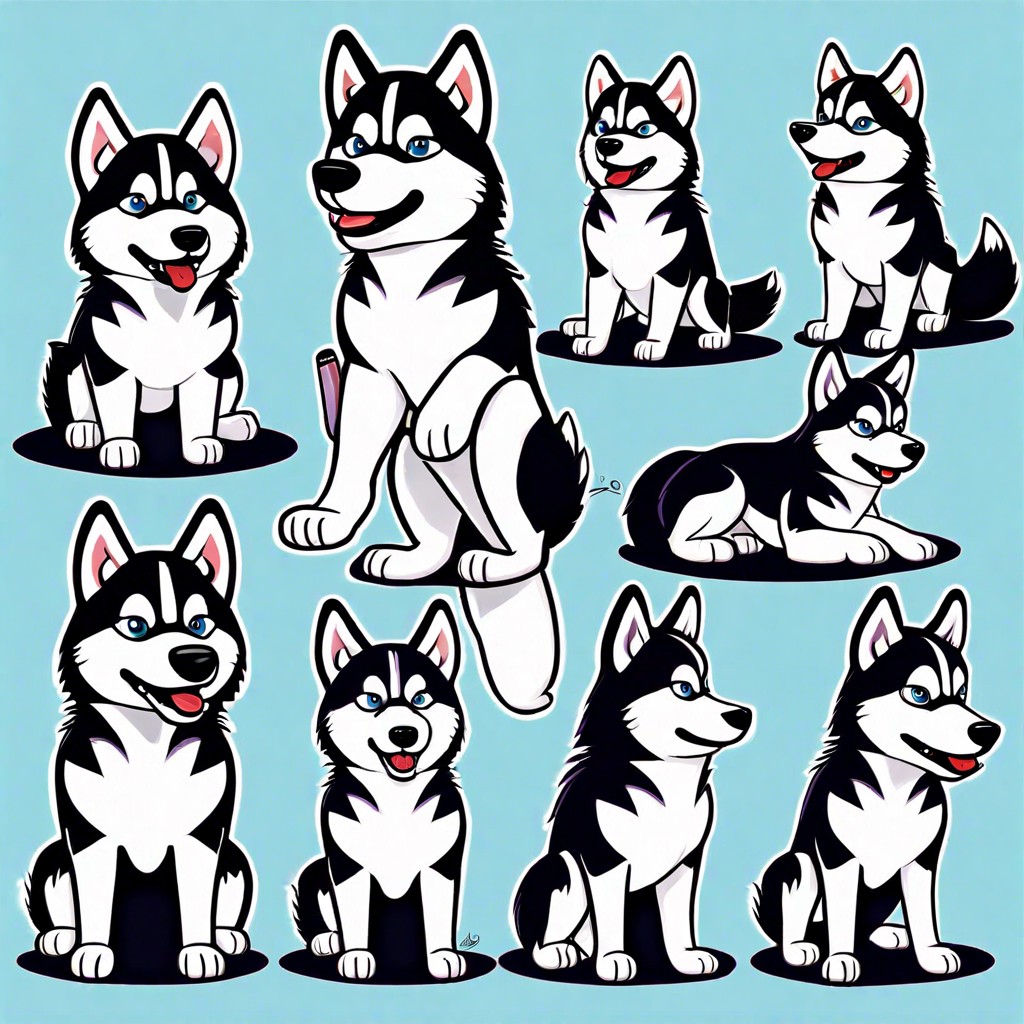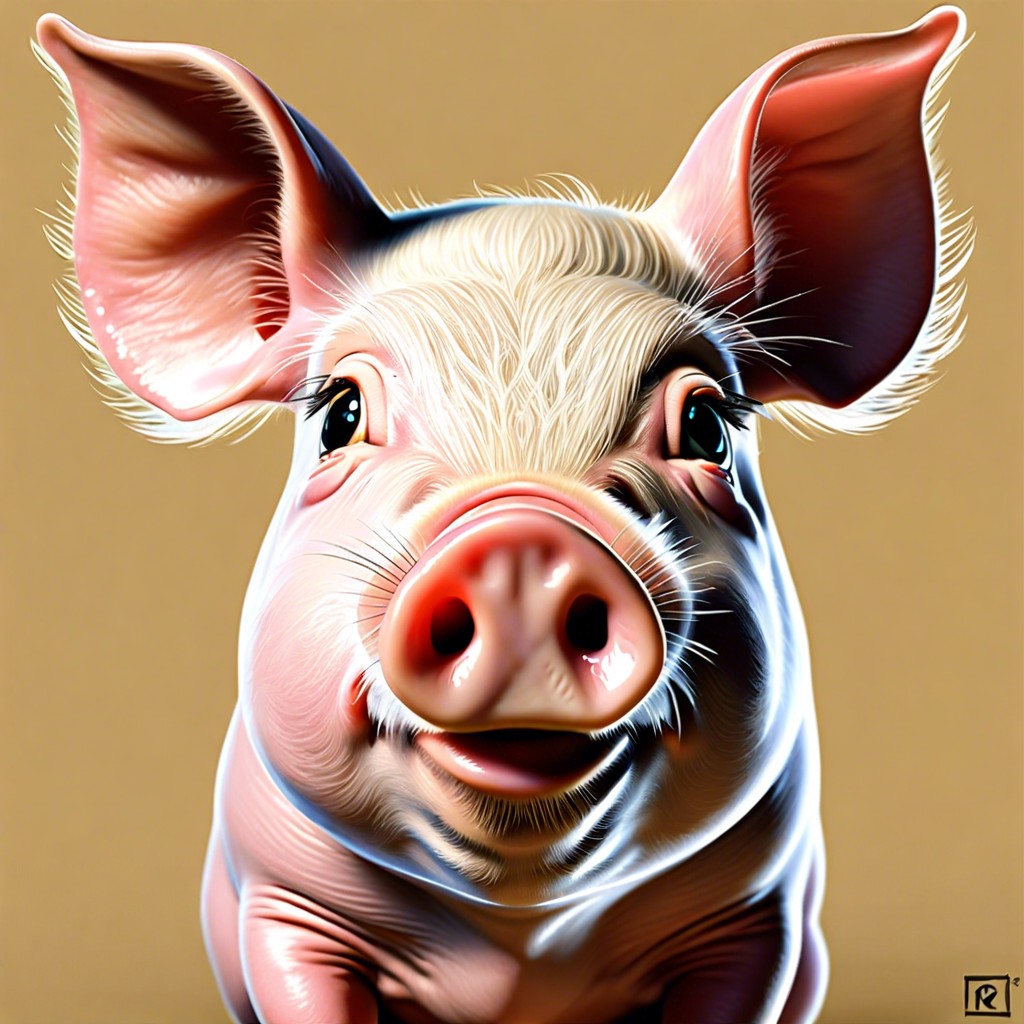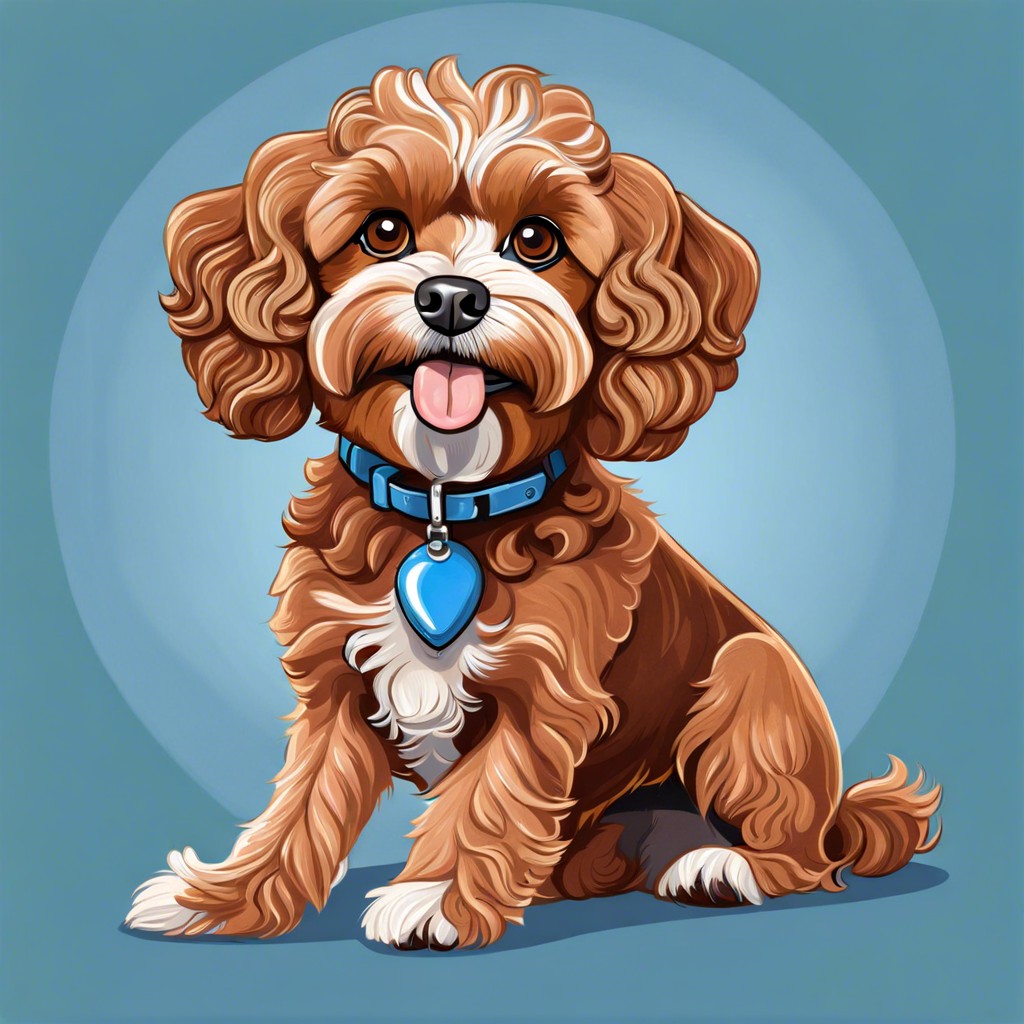Learn about the various sizes that Goldendoodles can reach, from petite to large, and what factors influence their growth.
Key takeaways:
- Petite Goldendoodles weigh between 15 and 30 pounds.
- Miniature Goldendoodles weigh between 30 and 50 pounds.
- Standard Goldendoodles can weigh 50 to over 90 pounds.
- Size is primarily determined by Poodle parent’s size.
- Consider factors like living space and grooming commitment when choosing size.
Understanding Goldendoodle Sizes
Goldendoodles come in a variety of sizes, primarily determined by the size of their poodle parent. These include petite, miniature, and standard. Petite Goldendoodles are the smallest, typically weighing between 15 and 30 pounds. They are a popular choice for those living in smaller spaces like apartments. Miniature Goldendoodles weigh between 30 and 50 pounds and are bred from toy or miniature Poodles. This size strikes a balance between compactness and robustness, appealing to a broad spectrum of families. Standard Goldendoodles are the largest, with weights ranging from 50 to over 90 pounds, depending on specific breeding. They are often selected for their robust size and energetic nature, ideal for active owners or larger homes with ample outdoor space. Each size has its unique profile, impacting their suitability for different homes and lifestyles.
Factors Influencing Goldendoodle Size
Goldendoodles come in various sizes, largely due to their parent breeds, the Golden Retriever and the Poodle. The specific size of a Poodle parent—whether standard, miniature, or toy—greatly determines the size of a Goldendoodle. For example, a standard Poodle crossed with a Golden Retriever typically results in a larger Goldendoodle, usually weighing 50 to 90 pounds. In contrast, mating a miniature Poodle can produce a smaller Goldendoodle, generally between 15 to 35 pounds.
Beyond genetics, nutrition and health care also play crucial roles in a Goldendoodle’s growth. Adequate nutrition during a puppy’s vital growth phase supports optimal development while consistent veterinary care helps identify and manage any potential health issues affecting growth. Lastly, the level of physical activity a Goldendoodle gets can influence muscle development and overall size. A well-exercised dog is generally healthier, with better weight control and muscle tone, contributing to their physical stature.
Choosing the Right Goldendoodle Size for You
Consider your living space. Larger Goldendoodles could thrive better in homes with ample space and access to a yard, while smaller versions might be more suitable for apartment living.
Reflect on your lifestyle. Active individuals or families who enjoy outdoor activities may find larger Goldendoodles to be great companions due to their energy and stamina. Conversely, if you prefer a more sedentary or indoor lifestyle, a smaller doodle may be the way to go.
Think about family members. Households with younger children or elderly members might find smaller or medium-sized Goldendoodles to be less intimidating and easier to manage.
Assess your grooming commitment. Larger Goldendoodles often require more grooming due to their size and the volume of fur they possess, potentially leading to increased time and financial commitments.
Evaluate your experience with dogs. First-time dog owners might find it easier to handle a smaller or medium-sized Goldendoodle compared to a larger one, which may need more robust training and exercise.



